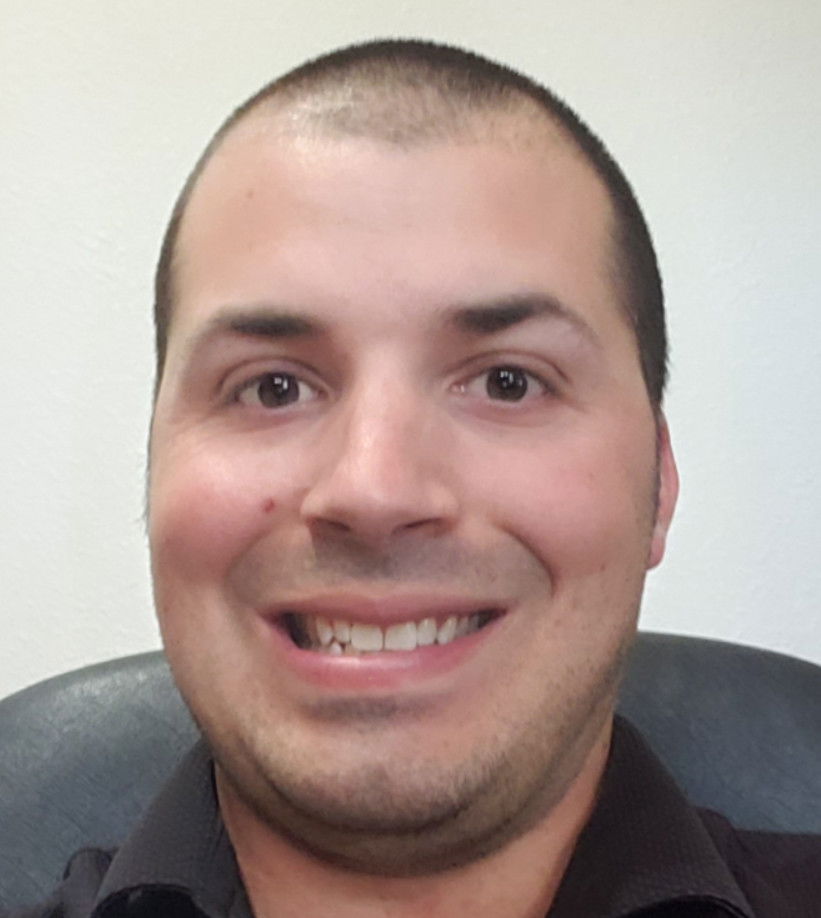
Season Grades: Busch anchors the Cubs lineup at first |
We are back at it today as we continue to plug along with our season-in-review report card series. Recently, it was all about the catchers to kick off the position groups, as the Cubs had one of the deepest and most productive catching groups in all of baseball.
Considering what they have received from their catchers in the past, it was a pleasant surprise to get that much production, as the Cubs needed that from the bottom of their roster. It will be interesting to see what Carson Kelly can do next season and if Miguel Amaya can finally emerge as the player the organization hopes he can be, as they should provide the Cubs with a significant offensive boost again. While the catching production was always in question, first base wasn't an issue as the Cubs have arguably one of the more overlooked first basemen in all of baseball. From his gold glove caliber defense to a season that saw him land as the third best offensive first basemen, the Cubs appear to have their man for the future at first, and his career is just getting going.
It has been a long time since the Cubs could say they had an everyday first baseman capable of being the face of the franchise. Anthony Rizzo is the name that comes to mind, as he was the face of the franchise from 2012 to 2021, before being traded to the New York Yankees. Since then, the Cubs have tried a plethora of options at first with no luck until trading for Busch in 2024, as this is one of the deals that Jed Hoyer can look back and say the Cubs won the deal. While most fans thought the Cubs overpaid for Busch, giving up top-10 pitching prospect Jackson Ferris and Zyhir Hope to get the deal done, it was a deal that worked out in both parties' favor. After putting together a strong rookie season, the pressure was on for Busch to not only build off that season, but to turn into the first baseman the Cubs hoped he could turn into. Not only did he do that, but he did it massively, as Busch finished his 2025 season on a heater, managing to hit .261 with a team-best 34 homers and 90 RBIs. Busch also went on to hit four postseason homers as he was the hitter the opposition feared in this lineup. Ideally, you would love for him to get out of the leadoff spot to produce more runs, but Busch turned into a great leadoff hitter down the stretch, and it will be interesting to see if he remains there in 2026. Grade A+: While he may not be the best overall hitter on this team, Busch was the Cubs' best player from a production side, and it wasn't even close. You got a sense he was on the verge of a breakout season based on what he was doing in spring training, as he appeared locked in from the start. At 27 years old, Busch is just starting to enter his Prime as a player, and if things progress as he hopes, you could be looking at the face of the franchise for years to come.
It may have taken nearly the entire offseason, but Justin Turner did find a new home in Chicago as Spring Training was getting underway. A surprising choice for Turner at the time, knowing the role he was taking on, but when you consider his wife is from the Chicago area, it did make sense for Turner to sign a one-year deal, as this could be the end of the road for the 41-year-old. If this was indeed the final time Turner puts on a uniform in the bigs, it will go down as his worst professional season of his career, and that is a disappointing way to go out. However, Turner knew the role he was taking on, as he was being brought in to be more of a clubhouse leader instead of a run producer. He finished the season with a .219 average, adding three homers and 18 RBIs in less than 190 at-bats. That wasn't what he or the Cubs were expecting, but he had his place within this team and was a massive help. Grade D: When you look at the production alone from Turner, you can make the case that he deserves an F for his grade. However, Turner provided more value than the bat this season, as he was brought in to Chicago to serve as a veteran leader in the clubhouse, helping to teach the young players the game. Not only did he do that, but several of the Cubs' players and coaches also credit Turner for helping them get through the tough times this season, which is all you can ask for from a veteran leader. Whether he continues to play or not beyond this season remains to be seen, but he has a place in this game as a coach and will find a bench job when he does call it a career.
Another surprise signing by the Cubs came in the form of Carlos Santana, who was added to the Cubs roster as a late-August Waiver claim after being released by Cleveland. Another player nearing the end of his career, Santana was added just ahead of the waiver wire deadline, allowing him to be put on the postseason roster when the Cubs clinched a playoff spot. That was the goal when they brought him in, and had he produced even a little bit, there was a great chance that he would've made the roster as a late-game pinch hitter in clutch situations. Instead, Santana turned out to be a waste of an acquisition, managing just two hits with the Cubs for a .105 average and two RBIs in what was a down season overall. Grade F: For the season, Santana had his moments as he hit .219 with 11 homers and 54 RBIs. If that were the type of production he would've had in Chicago, the Cubs would've been ok with it, as that is all you can ask for from an aging bench player. Instead, Chicago got a player who is clearly approaching the end of his career and managed just two hits during his month with the team. This is one of those instances where a team signs a player based on their history, only to have the deal backfire in their face. Fortunately for the Cubs, Santana didn't cost the Cubs a prospect or a ton of money, as Chicago isn't on the hook for him beyond this season. With a guy like Jonathon Long lingering in the Minors, Chicago could have one of the best first base platoon options in the game should Long prove he is ready for the Majors in 2026.Michael Busch
Justin Turner
Carlos Santana






